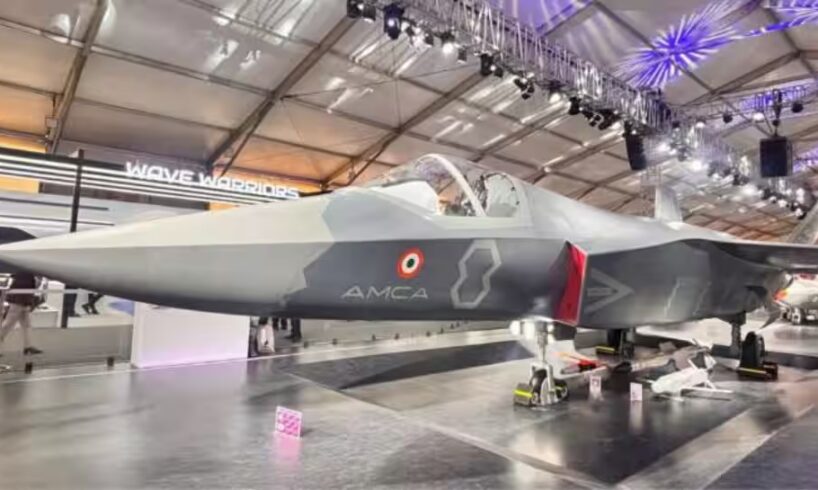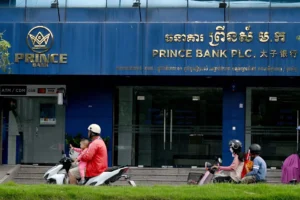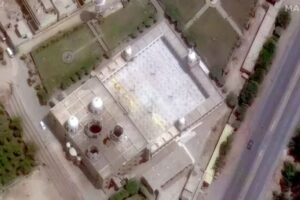
New Delhi: India has taken a major leap in strengthening its indigenous fighter jet fleet with the Advanced Medium Combat Aircraft (AMCA) programme. The Defence Research and Development Organisation (DRDO) has officially transferred cutting-edge domestic technologies developed for the AMCA and the Pralay missile to Indian industry partners.
These technologies include advanced metals, composite armor and aero-structure systems that are expected to make India’s fifth-generation fighter jet one of the most formidable platforms globally. Experts see this milestone as a pivotal moment for India’s defense sector and a huge boost to the Make-in-India mission.
The AMCA now benefits from India’s self-reliant capabilities in steel technology, radome systems, aero-structure components and composite armor.
Add Zee News as a Preferred Source
Analysts predict that with these advancements, the AMCA will surpass foreign aircraft such as US F-35 and several Chinese jets in terms of performance and stealth.
DRDO’s Defence Metallurgical Research Laboratory (DMRL) has successfully developed the most complex combat technologies and handed them over to industry partners.
Two of the most crucial systems include the Rear Fin Root Fittings (RFRF) for the AMCA and high-strength ceramic radomes for the Pralay missile. Both components are entirely developed using indigenous technology and will enhance the jet’s stability, speed, stealth capabilities and structural power.
The AMCA is designed as a two-engine, single-seat, multi-role fighter capable of flying at speeds of nearly 2,500 km/h. It can sustain continuous operations for up to 10 hours, supporting long-range missions, electronic warfare and deep-strike operations.
Developed using investment casting and closed-die hot hammer forging processes, the RFRF technology ensures that the AMCA’s structure remains exceptionally strong and reliable.
In addition to the AMCA-specific technologies, the Defence Metallurgical Research Laboratory (DMRL) has transferred three major combat technology packages to Indian industry. These include DMR-249A naval steel for warships and maritime platforms, DMR-1700 high-performance steel for army and navy heavy equipment and lightweight composite armor for wheeled armored vehicles.
The transfer details specify that DMR-249A steel has been provided to SAIL and JSW Steel for naval use, DMR-1700 high-performance steel has gone to Sarlopha Advanced Materials for heavy military platforms, lightweight composite armor has been handed to NBT International Pvt Ltd for armored vehicles, RFRF components to Indian Aero Industry for the AMCA and ceramic radomes for the Pralay missile to defense industry partners.
These indigenous technologies represent a true game-changer. Fully made in India, they provide high durability at lower costs, strengthen the next generation of fighter jets and missile systems, ensure uninterrupted military production and eliminate dependency on imports. The strategic benefits include rapid production capabilities, enhanced stealth and strength for the AMCA and other defense platforms, a 100% domestic supply chain immune to foreign restrictions and potential for export, establishing India as a global player.
From the navy’s warships to army armored platforms, every branch of the armed forces will benefit from these advanced materials.
On the 62nd anniversary of the DMRL, the transfer of these technologies is being hailed as revolutionary for India’s defense capabilities. DRDO Director Dr. Samir V. Kamat emphasised that this initiative will ensure reliable supply of advanced materials to the armed forces and provide a significant boost to the self-reliant India mission.





